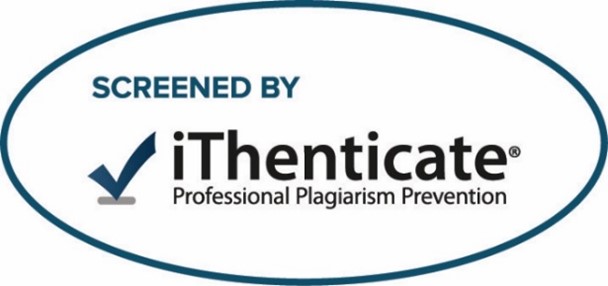Hilla University College Journal For Medical Science
Document Type
Original Study
Keywords
Congenital malformations, Prevalence, Neonatal health, Consanguinity, Iraq
Abstract
Background: Congenital malformations are among the primary causes of neonatal morbidity and mortality worldwide, imposing significant challenges in regions with limited healthcare resources and high birth rates.
Objectives: The goal of this study is to find out how common and spread-out congenital malformations are among newborns in Al-Najaf, Iraq. The results could have a big effect on how healthcare is provided and improve the health of newborns.
Methods: This descriptive cross-sectional study analyzed birth registry data from five major hospitals in Al-Najaf, Iraq, in 2022. We identified neonates diagnosed with congenital malformations from a total cohort of 37,904 live births. Using descriptive and inferential statistics, the study gathered information on the mothers’ demographics, the babies’ characteristics, and the types of birth defects found.
Results: Prevalence of congenital malformations was 4.3 per 1,000 live births. The central nervous system (CNS) was the most affected, accounting for 32.5% of malformations, followed by cardiovascular anomalies at 28.2%. There was a strong link between birth defects and maternal factors, especially living in a rural area (86.5% of mothers) and being related to the mother (60.7%). Additionally, the majority of affected neonates were born to mothers aged 20 to 25 years. Low birth weight was prevalent among 43.5% of cases, suggesting a potential link with congenital anomalies.
Conclusion: The substantial prevalence of congenital anomalies in Al-Najaf underscores critical public health concerns. The high rates of CNS and cardiovascular malformations, along with cultural practices like consanguinity, suggest a need for urgent, targeted interventions. Genetic counseling, more prenatal care, and public health education are all important ways to lower the risks of congenital malformations and possibly improve the health of newborns in this area.
How to Cite This Article
Hassan, Sahar
(2025)
"Prevalence and Distribution of Neonatal Congenital Malformations in Al-Najaf, Iraq: A Cross-Sectional Analysis of 2022 Birth Registry Data,"
Hilla University College Journal For Medical Science: Vol. 3:
Iss.
3, Article 3.
DOI: https://doi.org/10.62445/2958-4515.1068









Social Media: